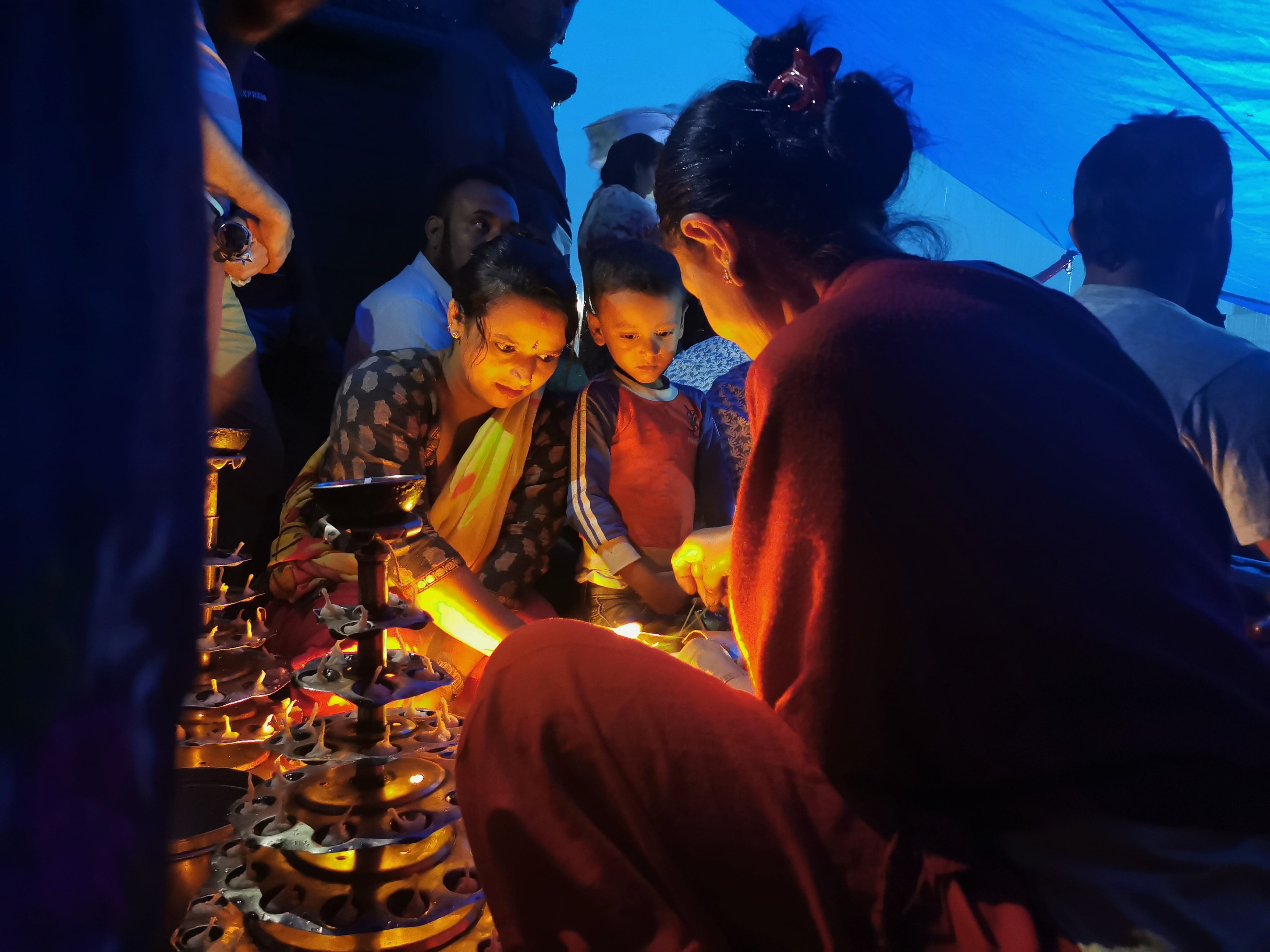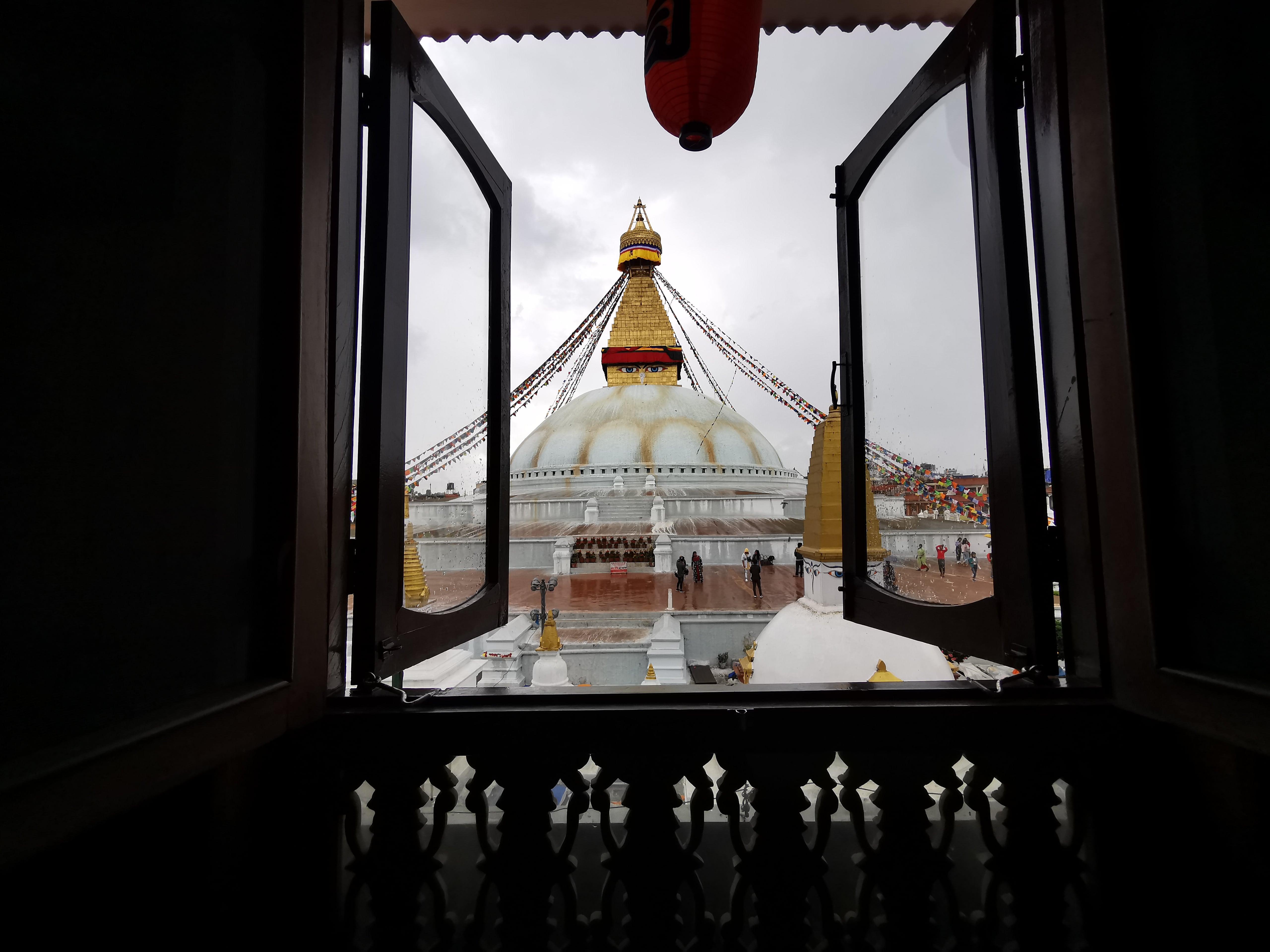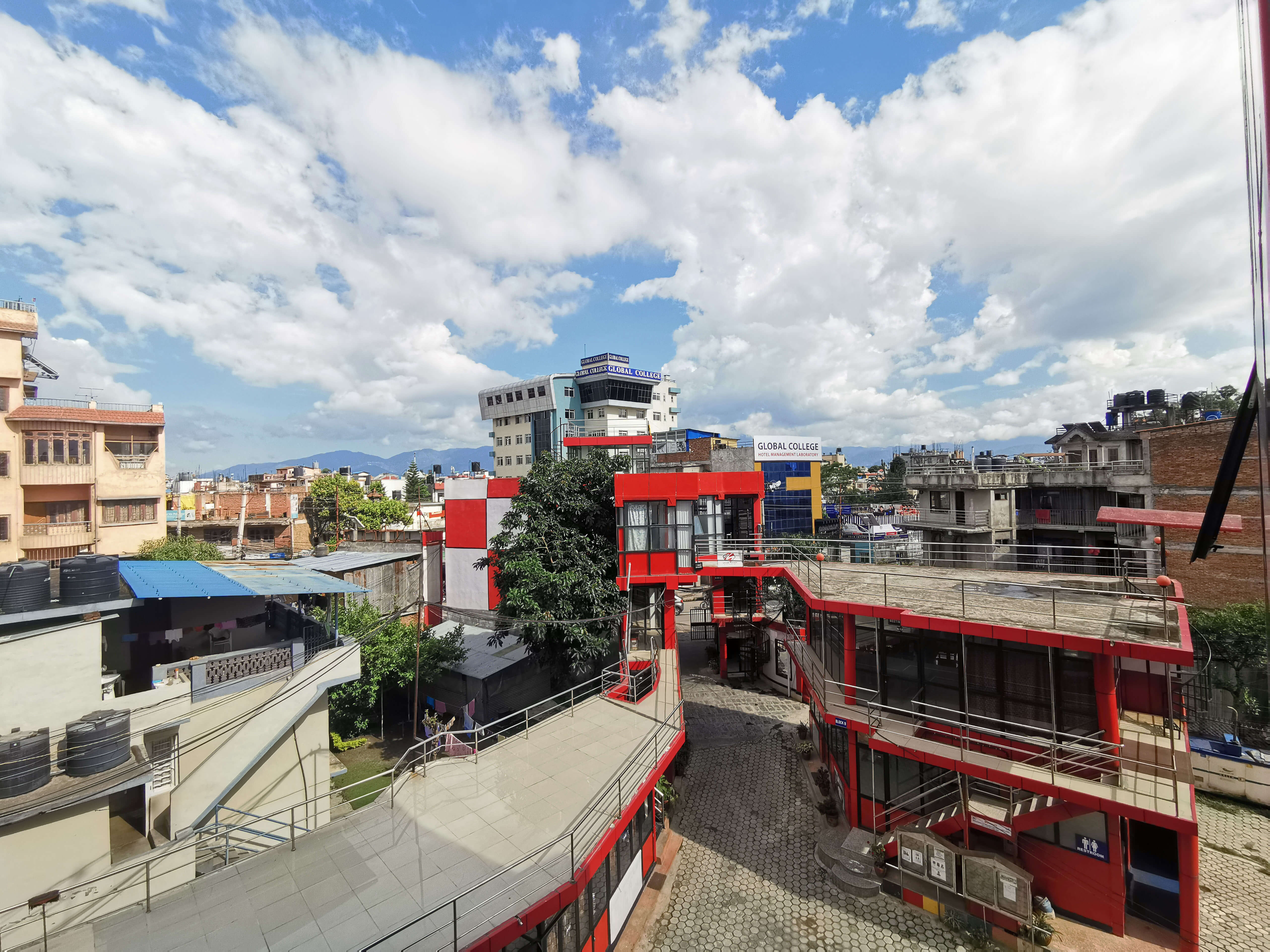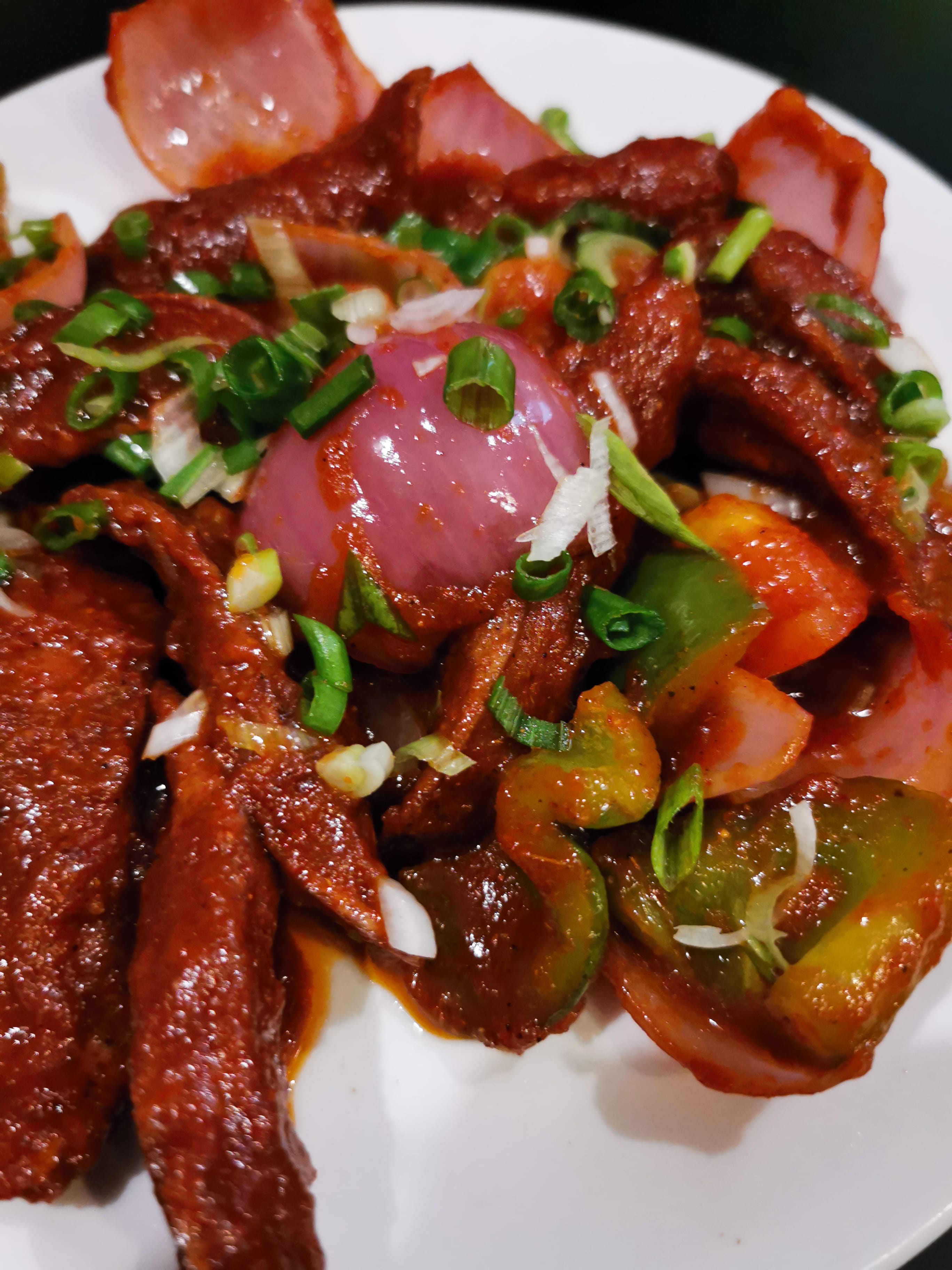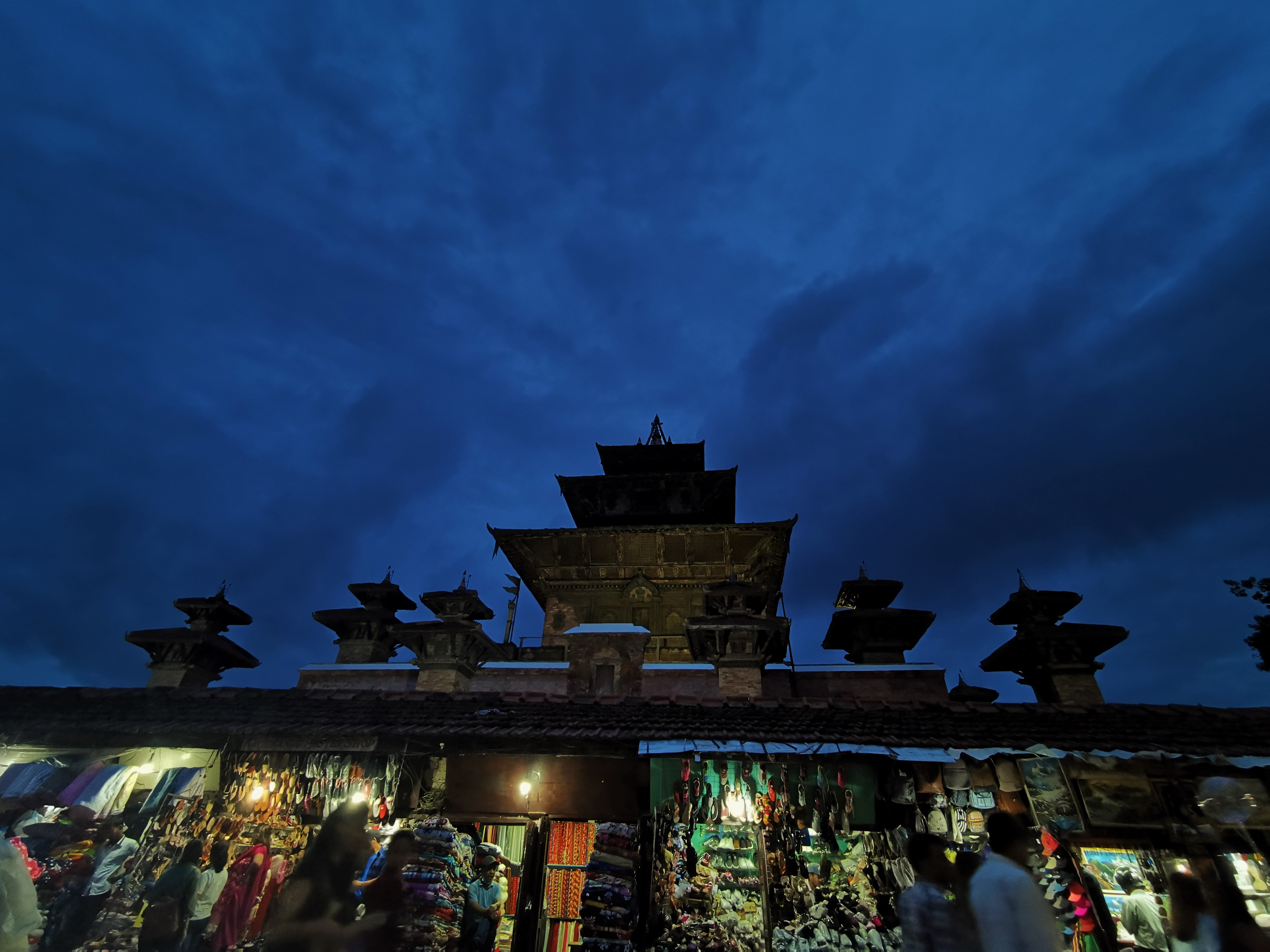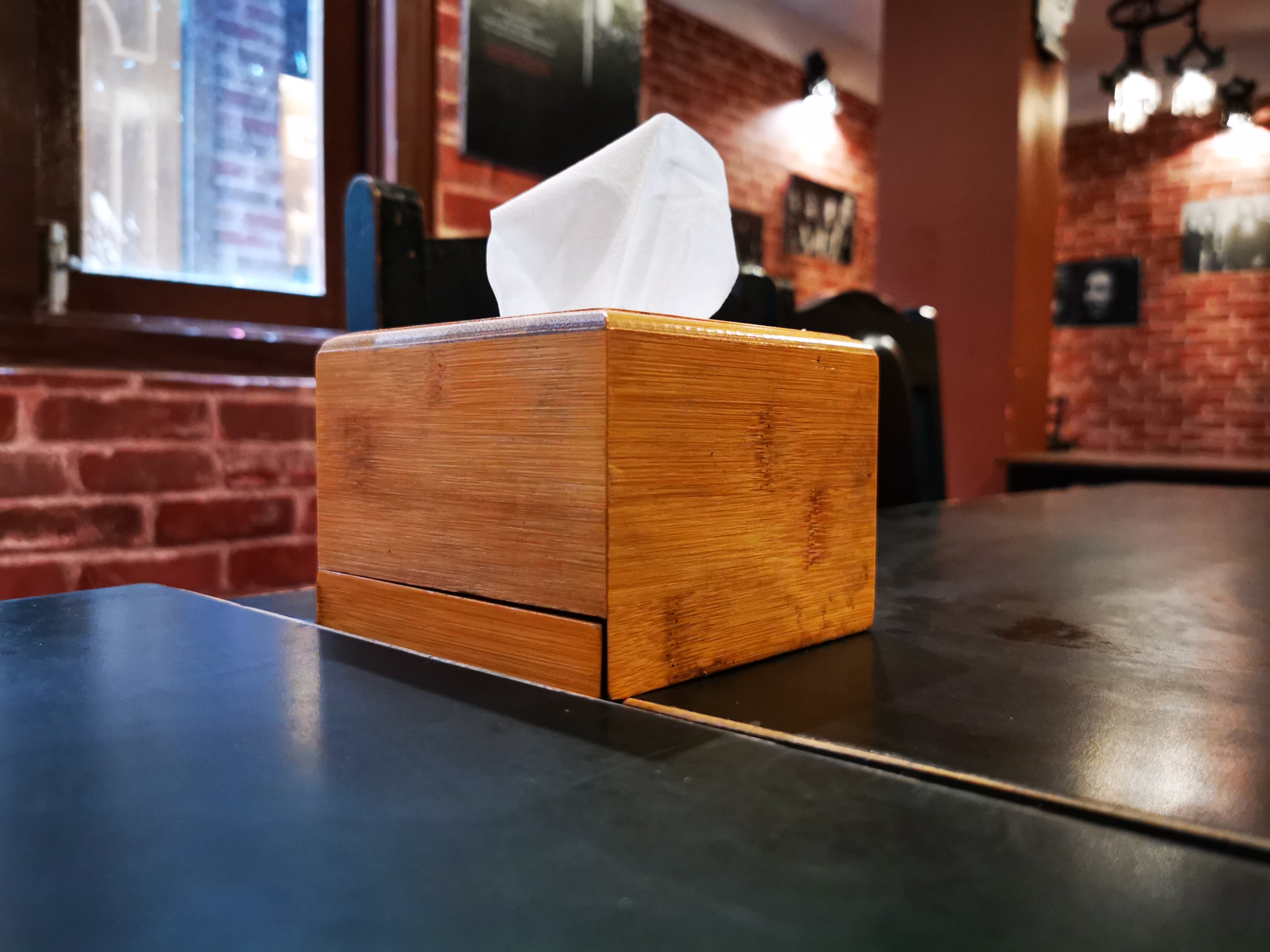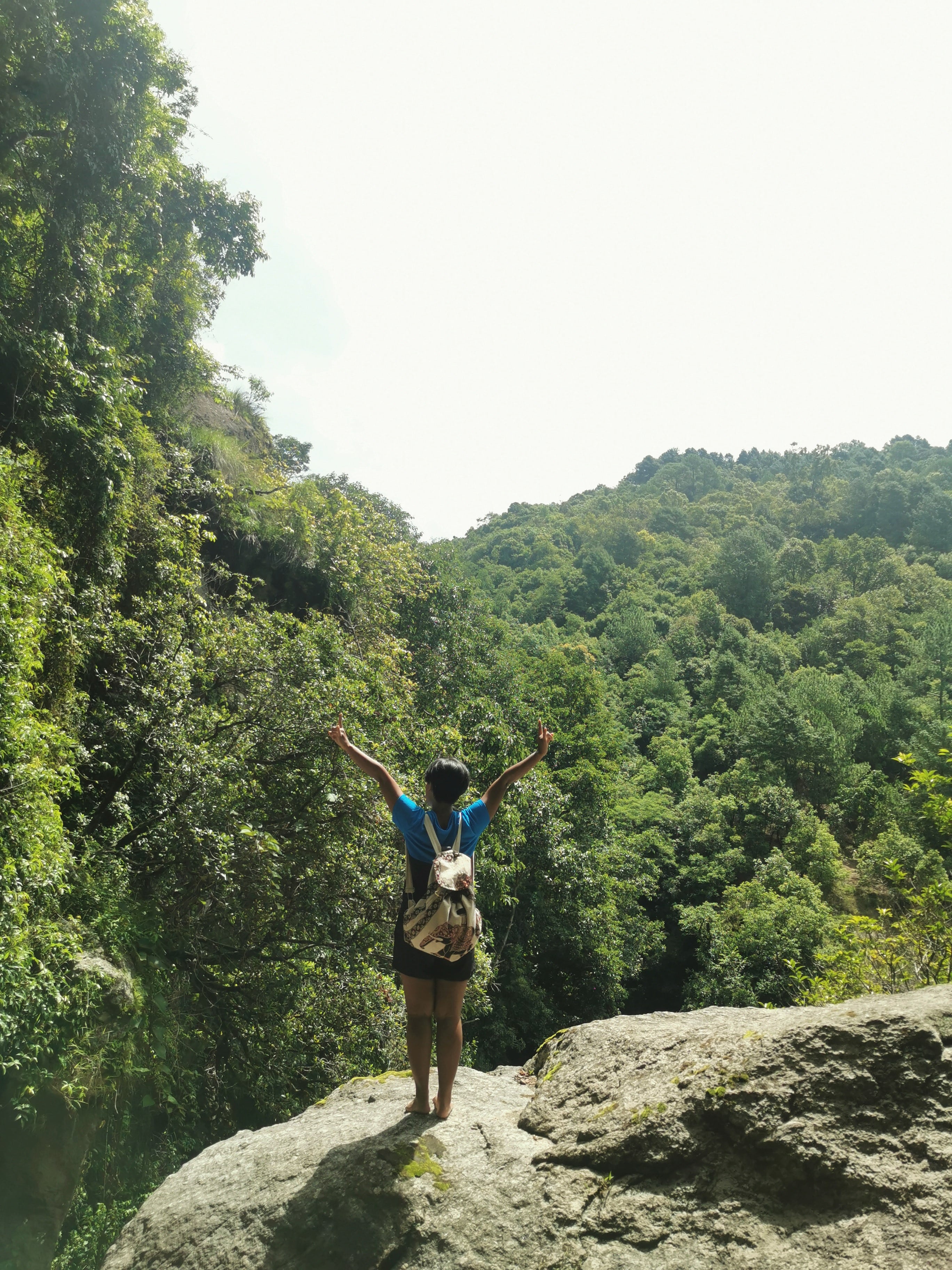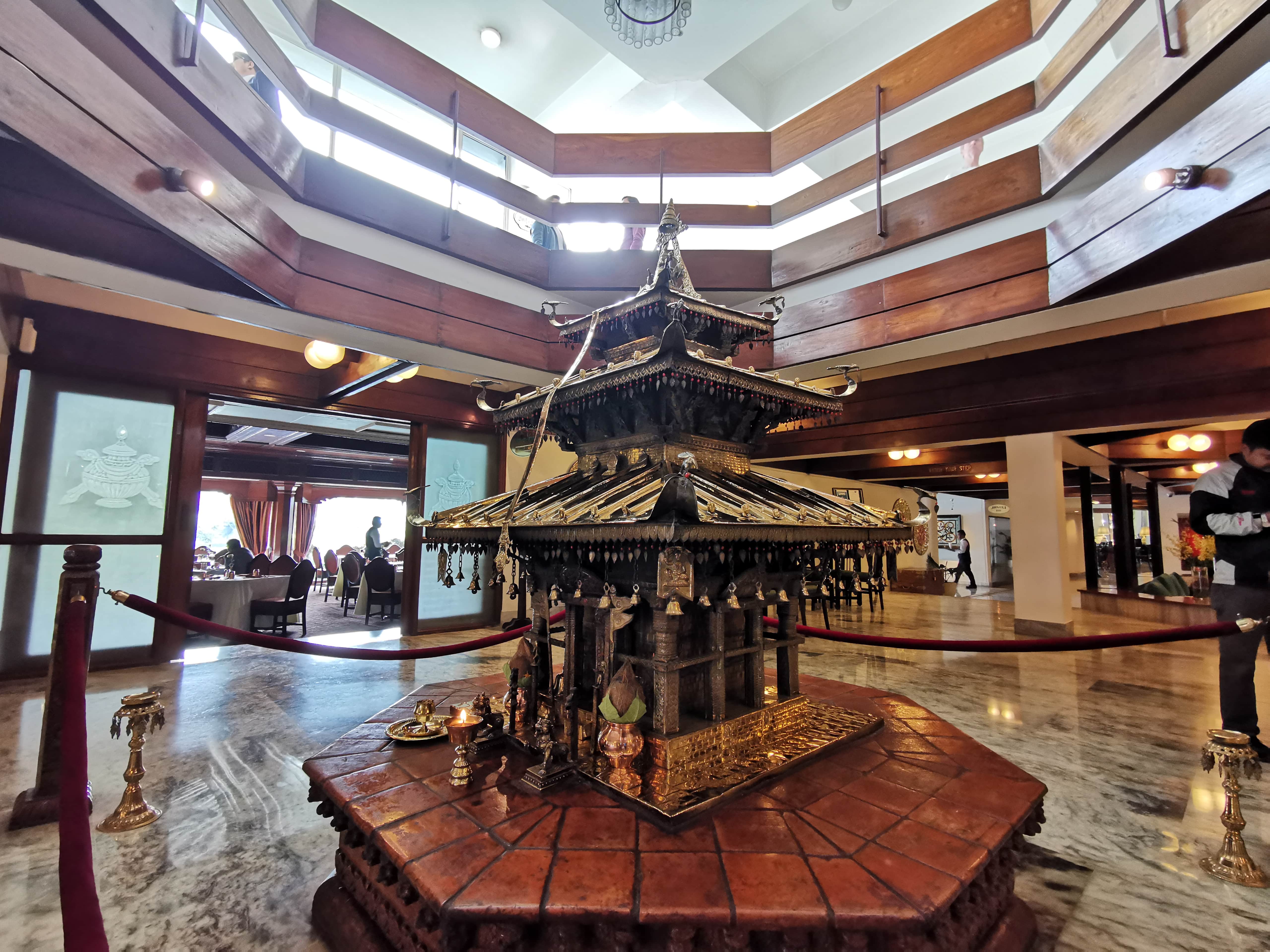Huawei broke all records when it launched the Huawei P30 Pro this year. It had one of the most alluring design, powerful specs, and industry-defining rear cameras. Huawei for the P30 Pro didn’t pack just 2, nor 3, but 4 rear cameras. And they are no ordinary ones either! Boasting some sophisticated technology alongside a Leica partnership, the phone has become successful in being the best smartphone camera in the market. No wonder it has been ranked the highest with a DxOMark score of 112.
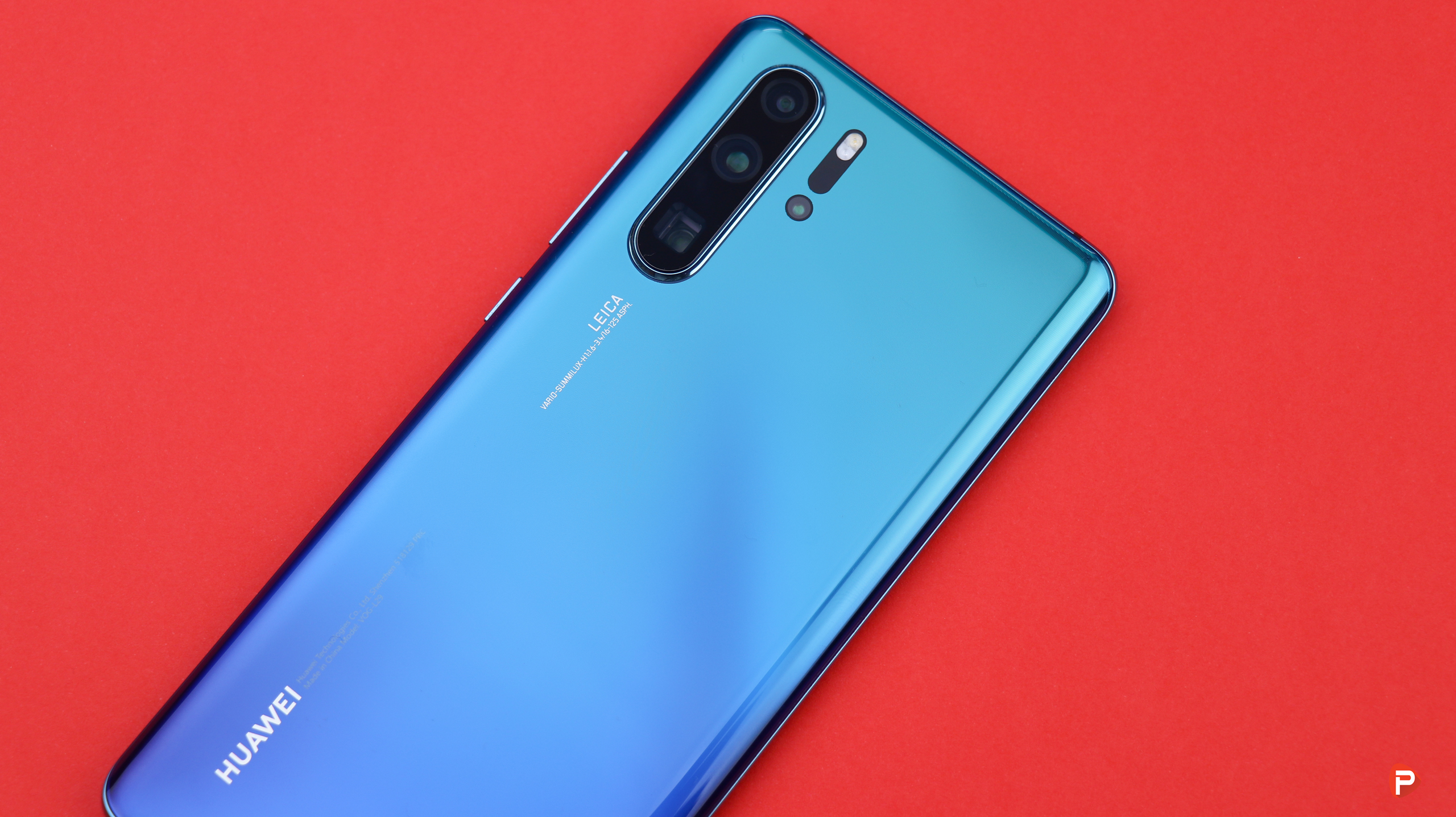
But how good is the camera on the Huawei P30 Pro? Is it the best camera phone for the Nepal market? Well, after using the P30 Pro almost a month, here are all my findings on the groundbreaking flagship of Huawei.
Before we get took geeky with the Huawei P30 Pro, here is the rundown of the phone’s camera. The P30 Pro packs an f/1.6 40MP wide lens, an f/2.2 20MP ultra-wide lens, an f/3.4 8MP Periscope lens, and a TOF (Time of Flight) lens. The length of each lens is 27mm, 16mm, 125mm, and 3D respectively. Among the four, the 40MP and the 8MP sensors support OIS and PDAF. The hardware is also supported by AI technology for a better picture-taking experience.
That 40MP sensor measures 1/1.7in in size, which up until a few years ago was the standard for enthusiast compact cameras. It comes with a large f/1.6 aperture which aids in those crisp low light shots. Although 40MP, by default, the phone takes photos in 10MP. You can, however, change the setting to take actual 40MP. But you do lose the ability to zoom optically. In our suggestion, it is best to leave the image size at 10MP for the zoom ability and smaller file size.
The cameras on the P30 Pro also comes with a bunch of modes and features. Some of the most noticeable ones are the moon mode, night shot, wide aperture mode, and the silky water mode. All the basics like the slow-mo, time-lapse, light painting, pro mode, and panorama mode are also all here. Something fun to check out is the new moon mode. You can get a clearer photo of the moon using this mode alongside the 50x zoom.

Panorama Shot
Speaking of which, the phone is capable of optically zooming up to 5x. This is all thanks to the Periscope lens that the phone flaunts. To achieve this Huawei has used folded optics! The image sensor is placed vertically within the phone and aimed at a lens with an optical axis that runs along the body of the phone, and a mirror is used to reflect incoming light into the lens and onto the sensor. This allows for a much longer equivalent focal length than would be possible with the more traditional layout.
The Huawei P30 Pro also uses software for zooming capabilities. It uses a combination of optical and digital technology to achieve the zoom between 2x and 5x. Huawei likes to call it the “Field-of-view fusion” zoom. What it basically does is use a combination of optical and algorithm-powered digital zooming that adapts to the chosen magnification factor. The phone also can go above 10x all the way to 50x, using digital zoom. Although the 50x zoom is not that usable picture wise, you can still utilize it for reading texts and signs over at a distance.
With all these capabilities, the Huawei P30 Pro already looks like an amazing camera offering. And the real-world performance reflects just that! I am absolutely amazed by the quality of the picture it produces. In good lighting condition, the P30 Pro delivers an excellent image quality. It produces some eye-catching images with good target exposure and punchy contrast. It also a wide dynamic range with vivid color enhancement. The images usually come out a bit punchy with a hint of cyan. Although I am not a big fan of the tint, I appreciate the vividness of the images.
The P30 Pro also takes sharp images across the board, with pleasant textures and a lot of details. Noise is also under control with virtually no grain visible in areas of plain color. Talking about the exposure, I feel it is a stop overexposed by default. This causes the images to be a bit bright with the occasional blown-out highlights. A small software update would do wonders here!
The Autofocus system on the P30 Pro works wonderfully with great accuracy. The phone uses a PDAF (Phase Detection Auto Focus) System assisted by a ToF (Time of Flight) laser system. This helps the phone get a bull’s eye focus even in less than ideal lighting situations. The phone also has zero shutter lag and buffer, to help the images stay sharp when you click it. And adding to these is the P30 Pros’ advance OIS and EIS technology.
Talking about the Bokeh capabilities of the phone, it is spot on. This is all thanks to the new ToF (Time of Flight) sensor and super-resolution technology. The latter helps achieve a 2x magnification, which is better suited to portrait shots than the primary camera’s wide-angle. This helps the phone prevent any loss of details! The ToF sensor, on the other hand, helps generate a more detailed depth map, aiding in better subject isolation.
The low-light performance of the Huawei P30 Pro is just phenomenal! It is the best low-light performer among all the competing smartphones. Thanks to its large 1/1.73in sensor in its main camera, the P30 Pro delivers a class-leading low level of noise. In addition to having low noise, the pictures from the phone have a perfect balance between white balance and color rendering. The Huawei P30 Pro, without a doubt, is the industry-defining smartphone camera right now. Truly Impressed!
The phone also comes with an f/2.0 32MP selfie camera at the front. The sensor is wide and is capable enough to take those large group shots. That said, for a phone of this caliber, I do wish that the camera sensor came with a lower aperture. Anything from f/1.8 or wider would have been nice. This would have helped drastically improve the phone’s low-light capabilities. But don’t get me wrong, the selfie camera on the P30 Pro is no slouch. It can take some eye-pleasing selfies right of the back. The low-light performance is also not bad compared it to the other phones available in the market. Overall, it is a great selfie camera with tons of features.
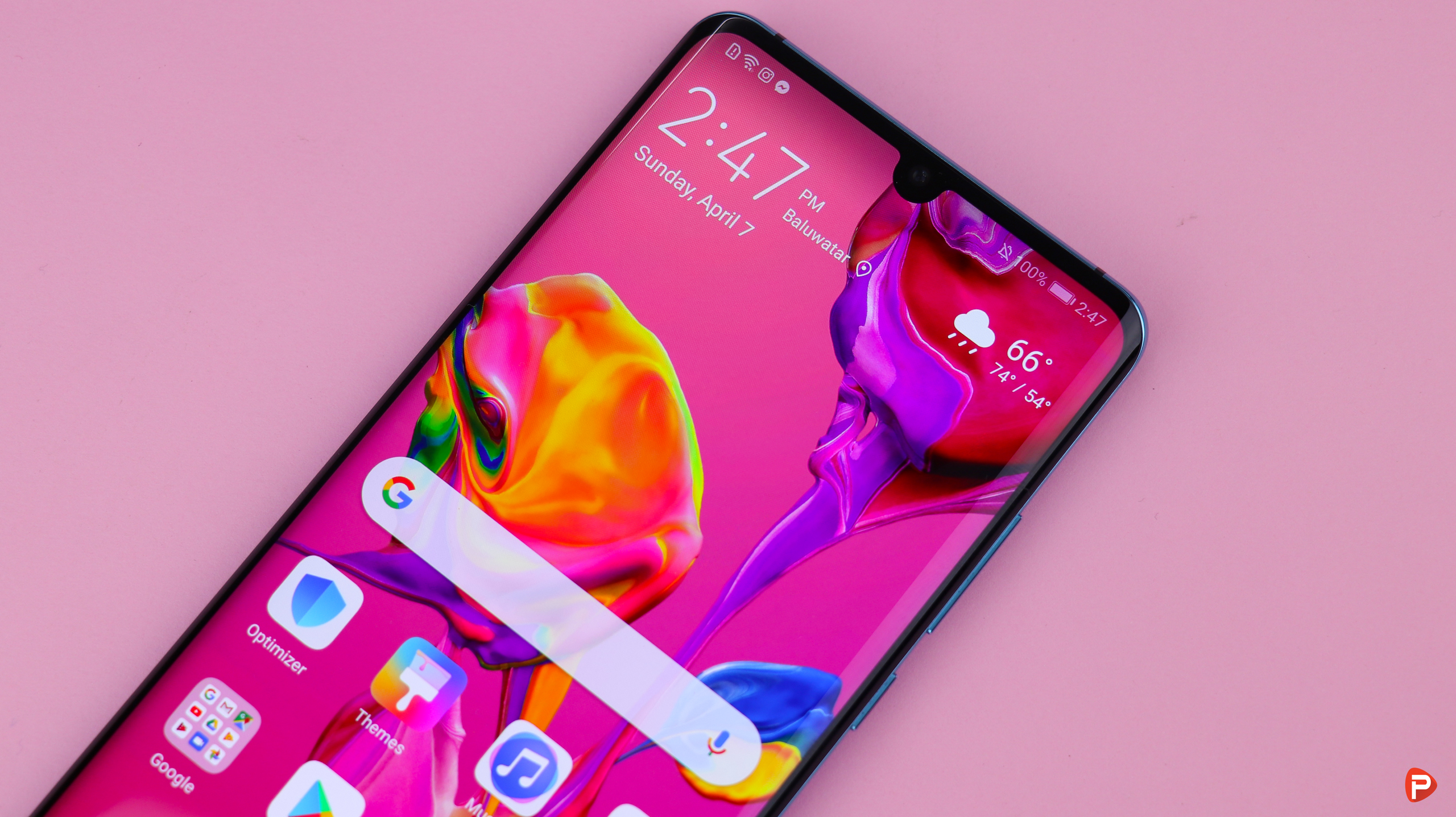
The videography portion of the camera is also as good as its photographic counterpart. The auto-focus was spot on with true to life colors and brightness. The onboard OIS and EIS worked in harmony to make the footages stable. The noise level on the videos too were low, compared to other smartphones. All in all, the phone is capable of taking some great footage for your YouTube video or Instagram story.
Conclusion: Huawei P30 Pro Camera Review
There is no doubt! The Huawei P30 Pro is the best camera phone in the market right now. Huawei has brought in a lot of innovation to the smartphone camera space. Its low-light capability is industry-defining. No other phone has been able to achieve the same level of image quality as the P30 Pro. Another feature that is a bit mind-boggling is the phone’s 50x zooming capability. It is really amazing how Huawei has been able to achieve this feat. Kudos to that!
Huawei has checked most of the boxes in the camera department. That said, Huawei still can improve upon by working a bit on their software. A stop decrease in the exposure level would be nice. The inbuilt AI does a good job of identifying the scenes but still needs a bit of tweaking. This all can be done with a small software update! Overall, the complaints are very minor to the amazing camera the Huawei P30 Pro packs.
Thank you for reading! For more informative camera reviews, like our Facebook page and subscribe to our Youtube channel. If you have any questions or confusions, please feel free to ask them in the comments section down below. We will answer them as soon as possible.




